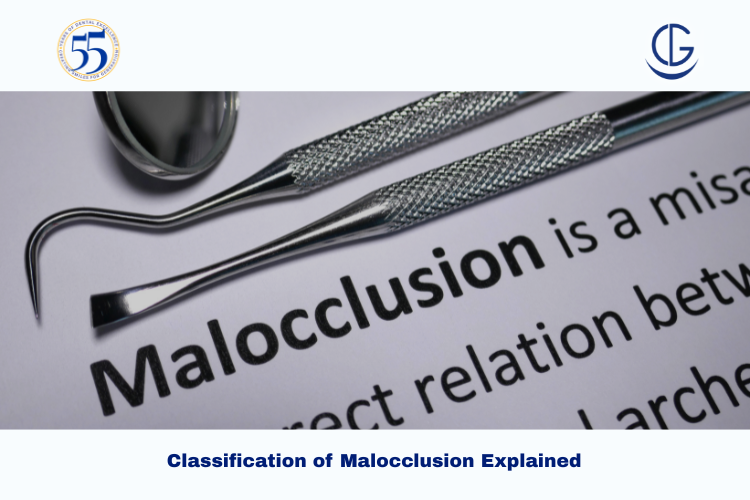Schedule Appointment




If you’re searching for information on the classification of malocclusion, you’re in the right place. Malocclusion refers to the misalignment or incorrect relation between the teeth of the two dental arches. At Dr. Gowds Dental Hospital, a leading dental clinic located in Hyderabad, we specialize in diagnosing and treating various types of malocclusion for both adults and children. In this guide, you’ll learn about malocclusion meaning, its types—Class 1, Class 2, and Class 3 malocclusion—and why early diagnosis is essential for optimal oral health.
Malocclusion, also known as the malocclusion of teeth, occurs when the upper and lower teeth do not align properly when the jaws are closed. This condition can lead to discomfort, difficulty in chewing, and even speech issues if left untreated.
The classification of malocclusion helps dental professionals determine the type and severity of misalignment, enabling them to tailor the best possible treatment plan. Each type has its own causes, symptoms, and solutions, so understanding these differences is vital.
Class 1 malocclusion is the most common type. In this case, the bite is normal, but the upper teeth slightly overlap the lower teeth. The alignment of the molars is normal, but other teeth may be crowded, spaced, or rotated.
Class 2 malocclusion involves a significant overbite where the upper teeth and jaw overlap the lower teeth excessively. This is often called a “buck tooth” appearance.
Class 3 malocclusion features an underbite where the lower teeth project beyond the upper teeth due to a prominent lower jaw.
A dental professional conducts a thorough examination, often including:
At Dr. Gowds Dental Hospital, our specialists use advanced diagnostic tools to precisely classify your condition and recommend suitable treatments.
If you notice:
…it’s time to consult an expert. Especially in severe cases of malocclusion, timely treatment can prevent long-term dental and skeletal complications.
We are renowned for excellence in orthodontic treatments. With decades of experience, cutting-edge technology, and compassionate care, Dr. Gowds Dental Hospital is your trusted partner for correcting malocclusion.
Our personalized treatment plans and expert team ensure that patients of all ages receive the best care in a comfortable setting.
Understanding the classification of malocclusion is the first step in managing and treating dental misalignments effectively. Whether it’s Class 1, Class 2, or Class 3 malocclusion, proper diagnosis and treatment can improve both functionality and appearance.
Don’t wait for the problem to worsen—consult an experienced orthodontist at Dr. Gowds Dental Hospital in Hyderabad today. Your smile deserves expert care!
Malocclusion refers to the misalignment of the upper and lower teeth when the jaws are closed. Malocclusion can lead to challenges in chewing food, speaking clearly, and maintaining oral hygiene.
Malocclusion is classified into 3 types: Class 1 malocclusion, Class 2 malocclusion, and Class 3 malocclusion. Malocclusion can range from mild to severe and will determine the best approaches for treatment.
In mild cases, mild cases can be treated without braces. Clear aligners, retainers, and behavior modification can successfully treat malocclusion of teeth. The involved dentist should assess the best approach to take.
Class 3 malocclusion can be a serious issue. Poorly aligned teeth may lead to jaw pain, difficulty in chewing food and facial imbalance. If left untreated, Class 3 malocclusion may require surgical intervention.
Dr. Gowds Dental Hospital is the best dental hospital in Hyderabad for diagnosing and treating all forms of malocclusion of teeth. With great orthodontists, technology, and a patient-centered approach and care model.